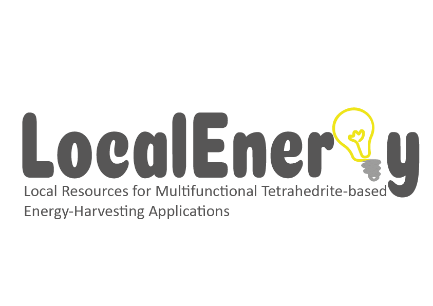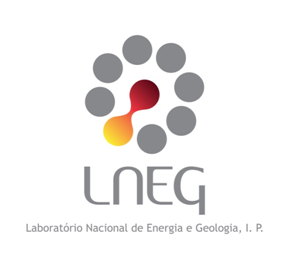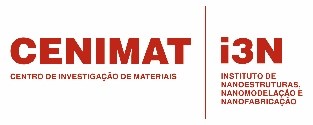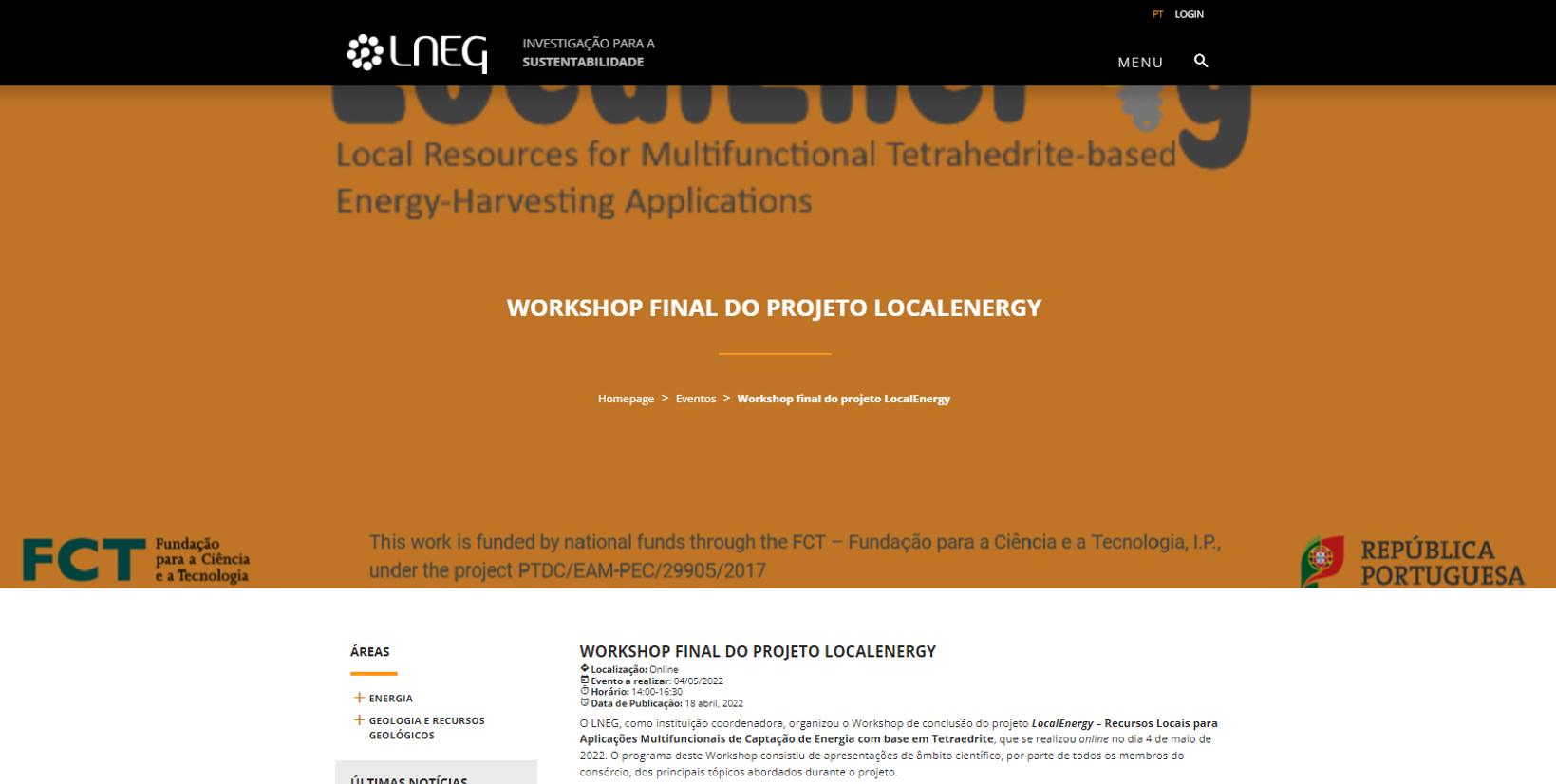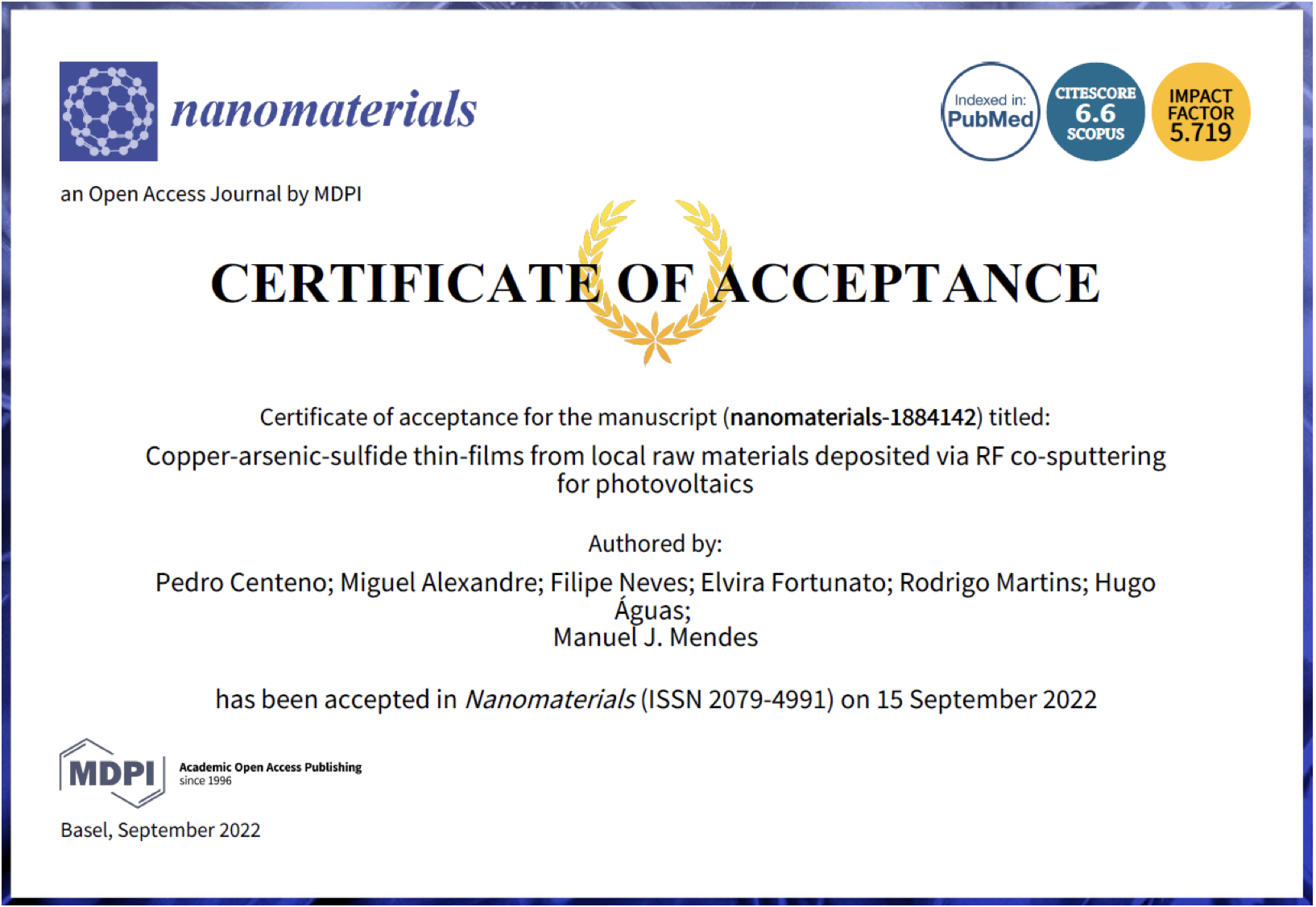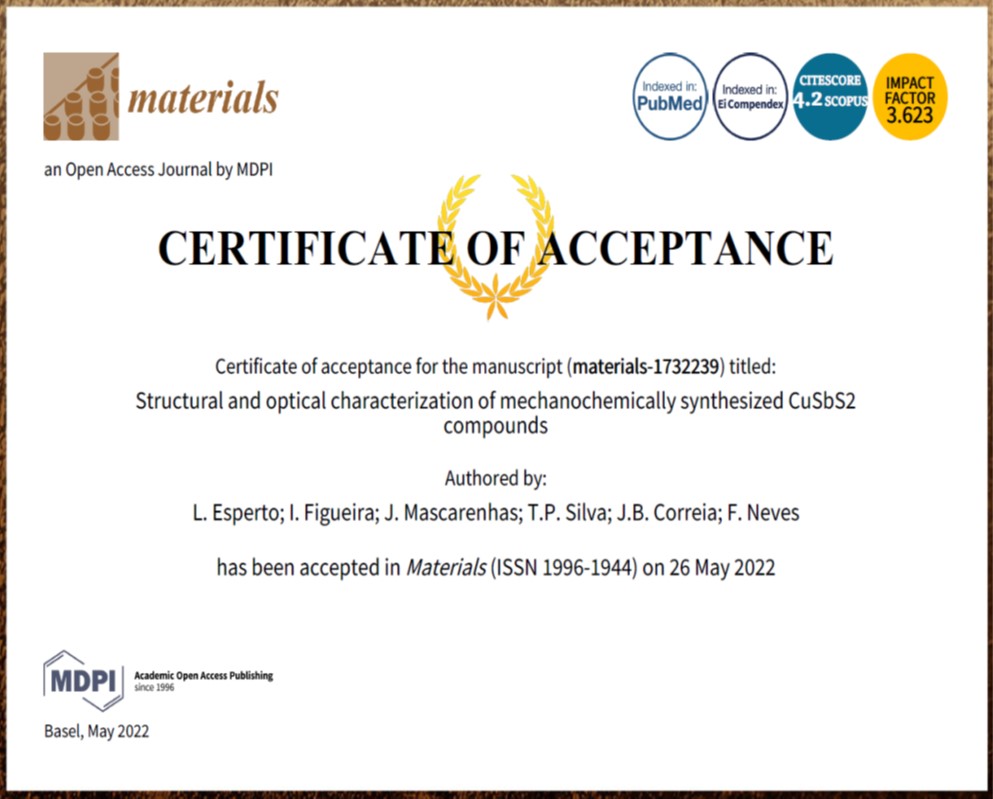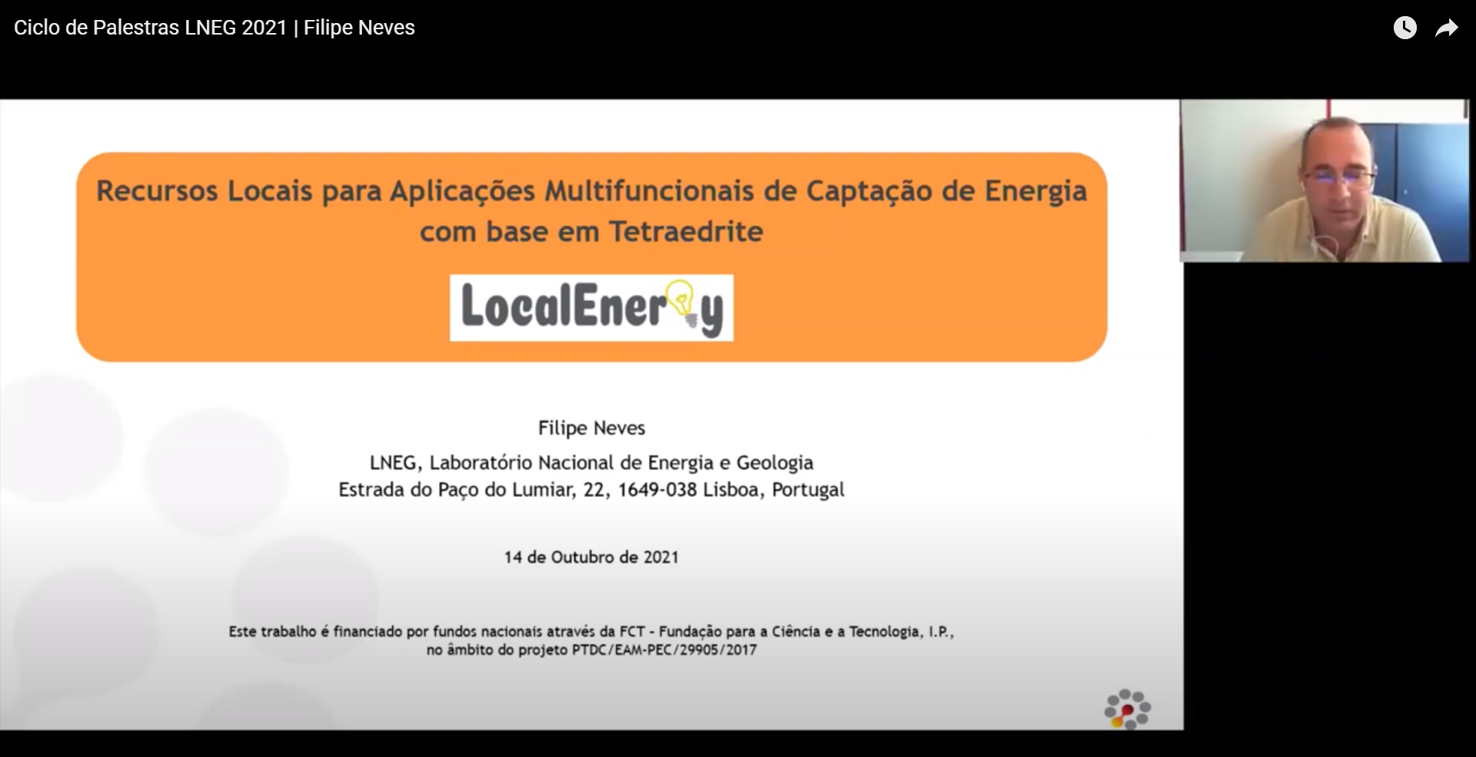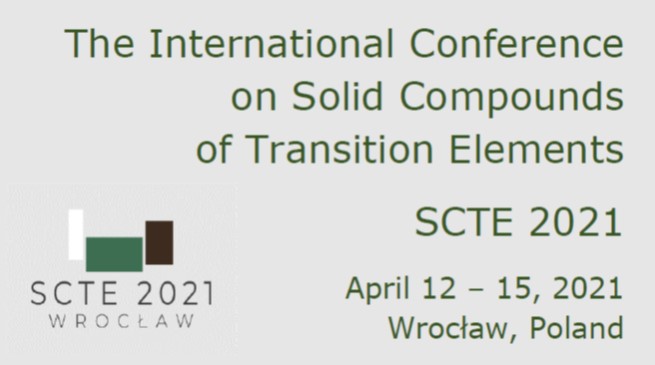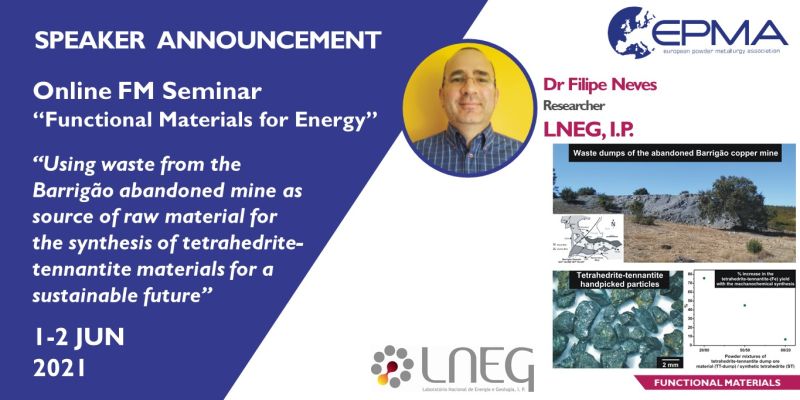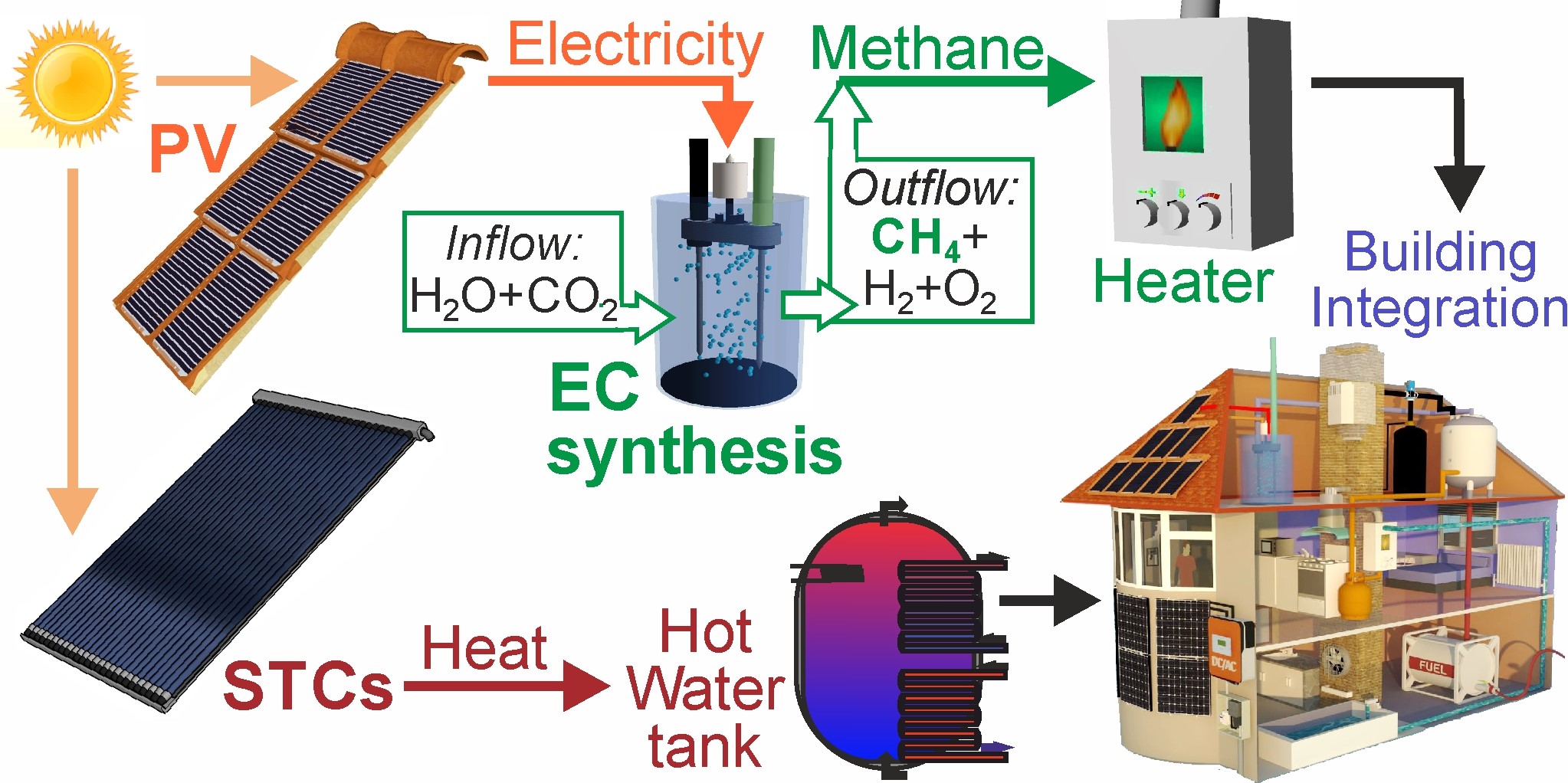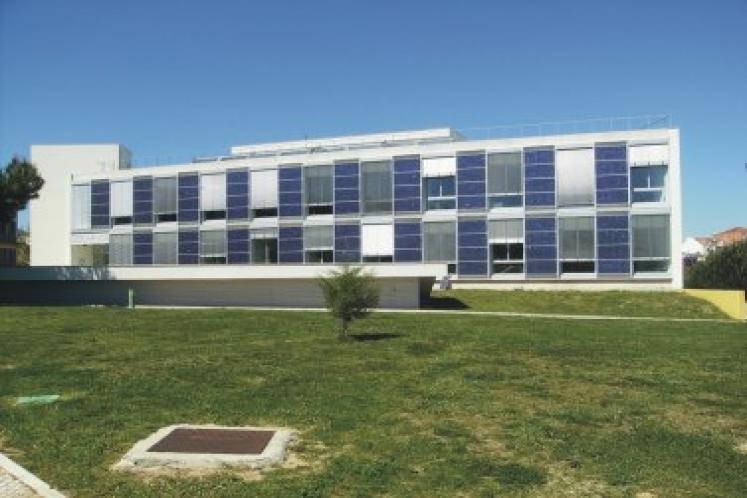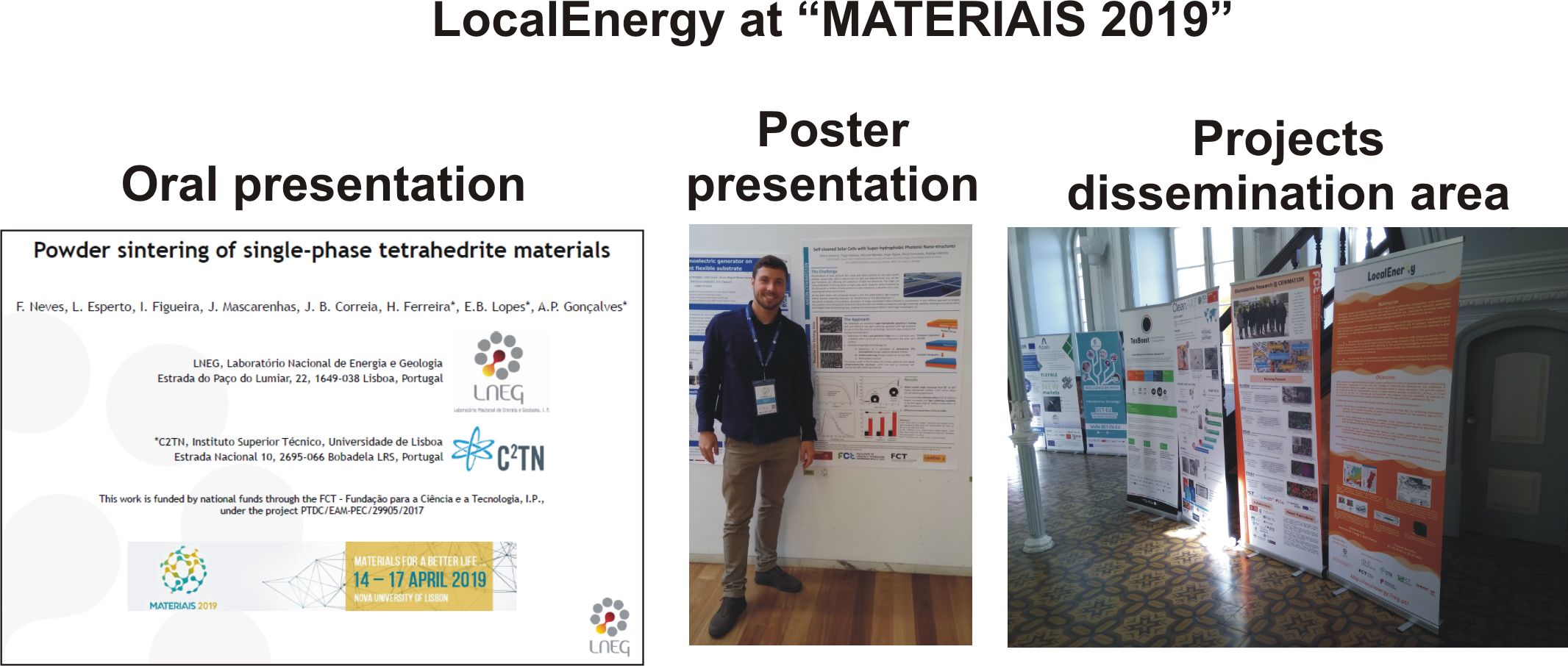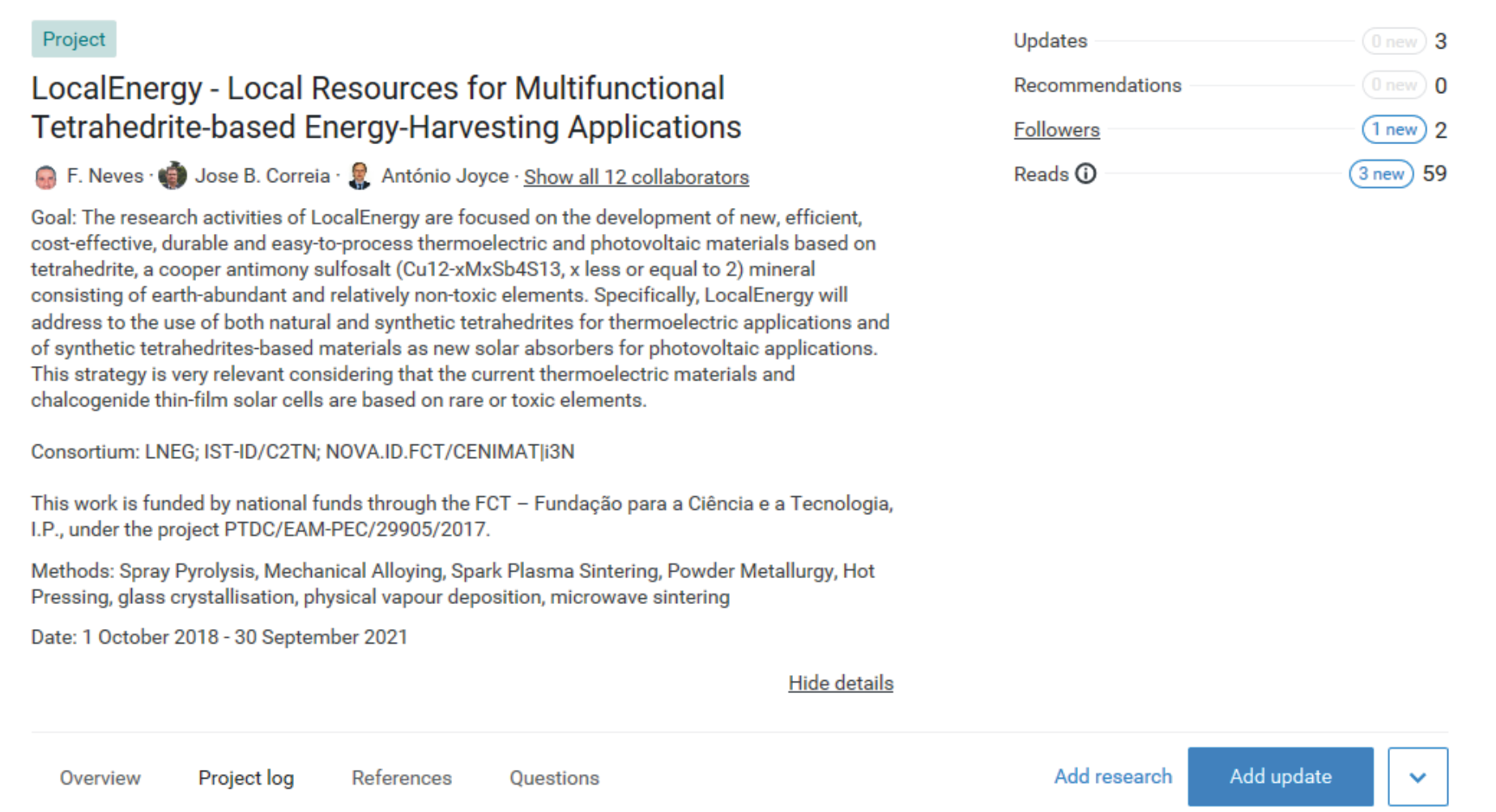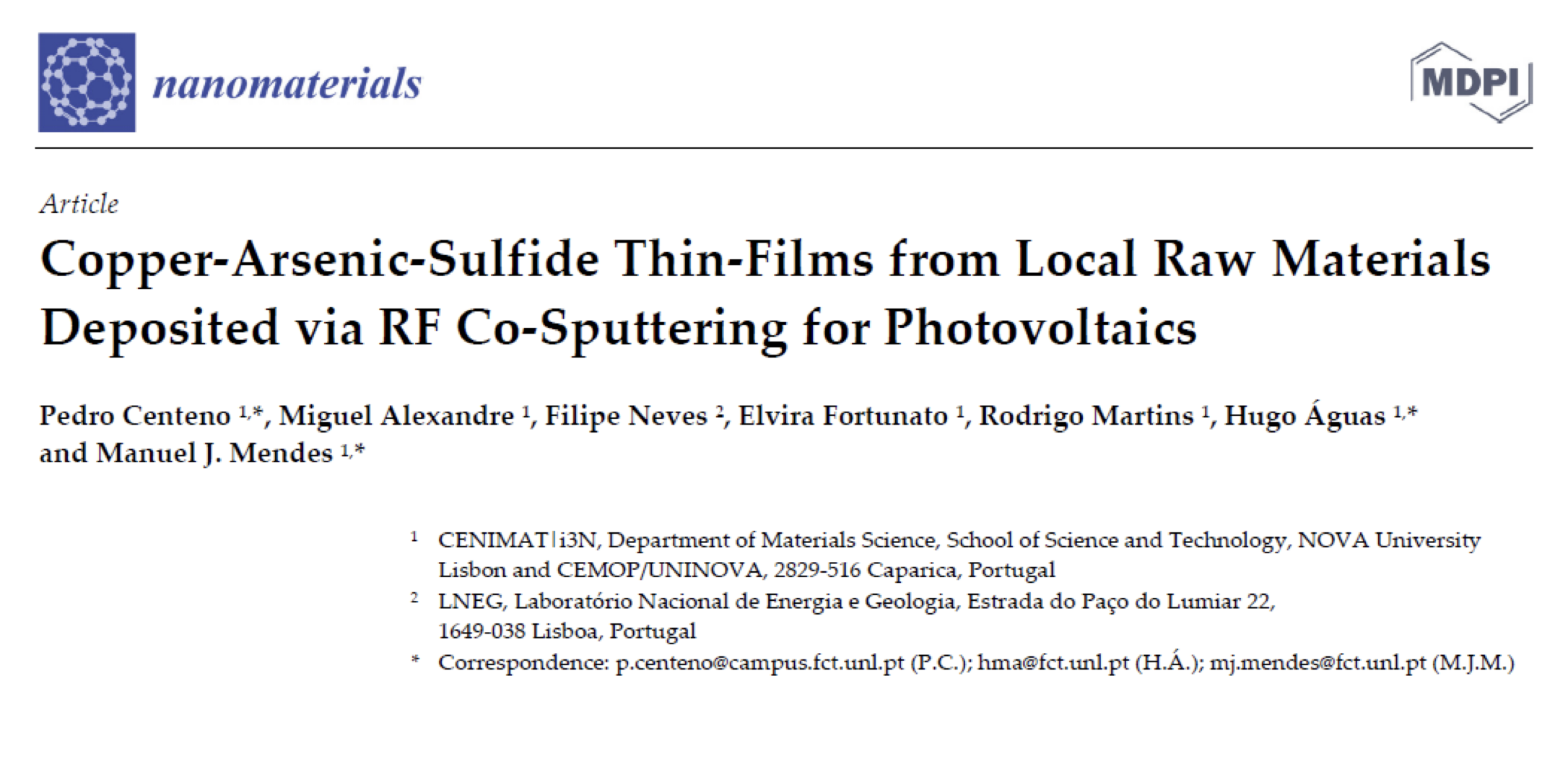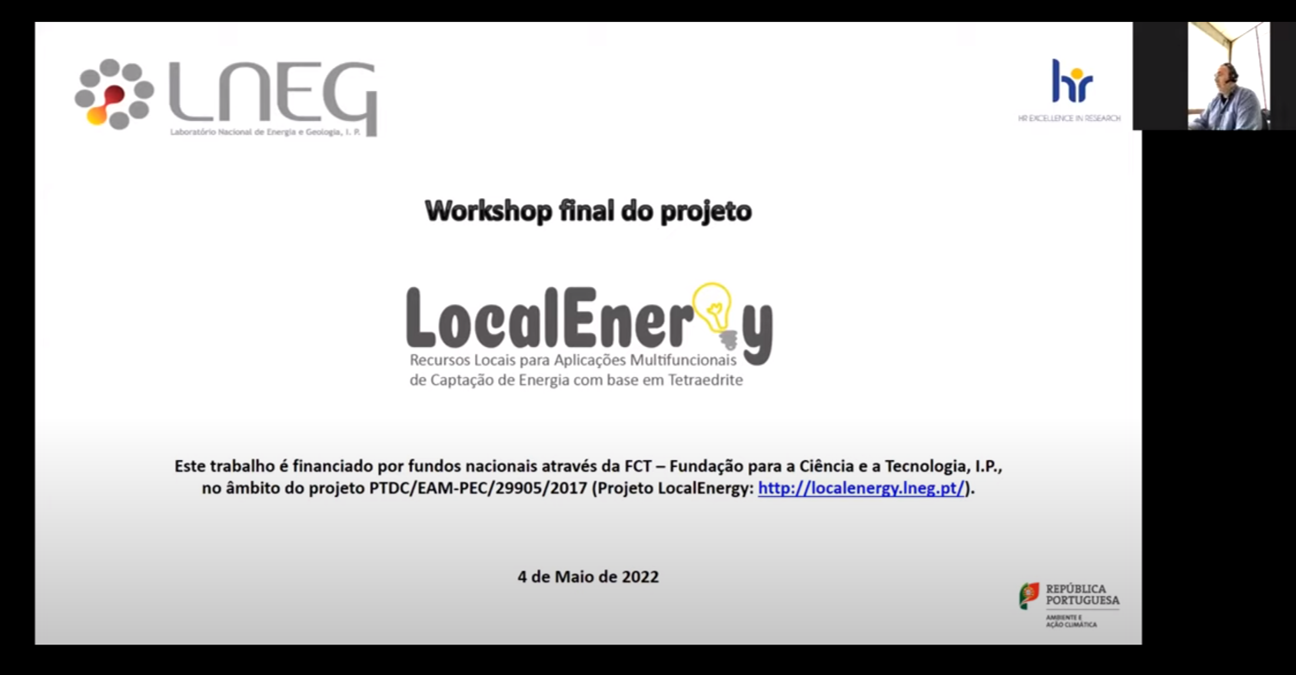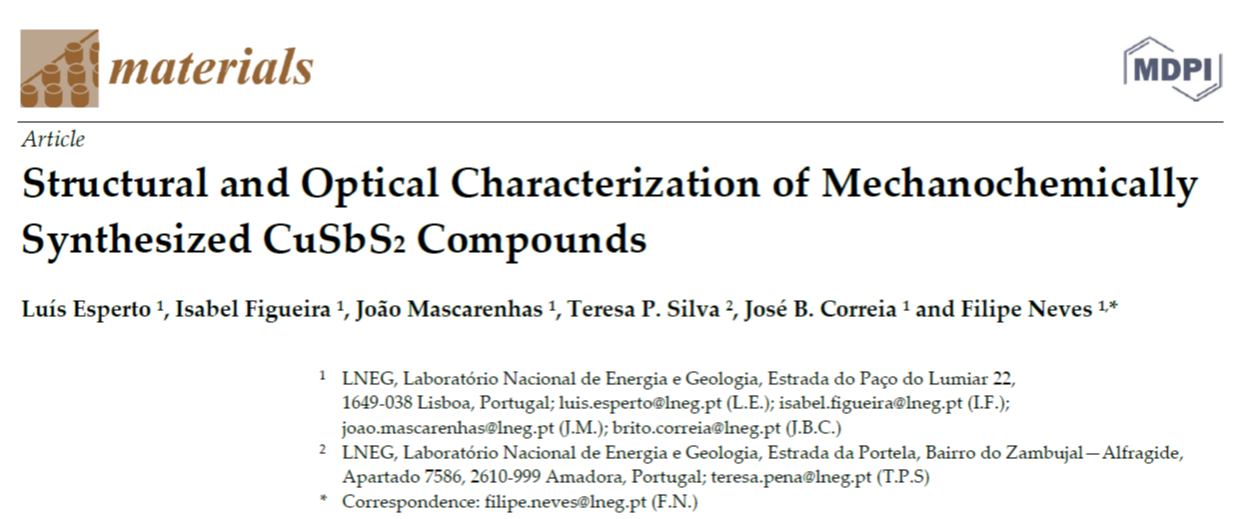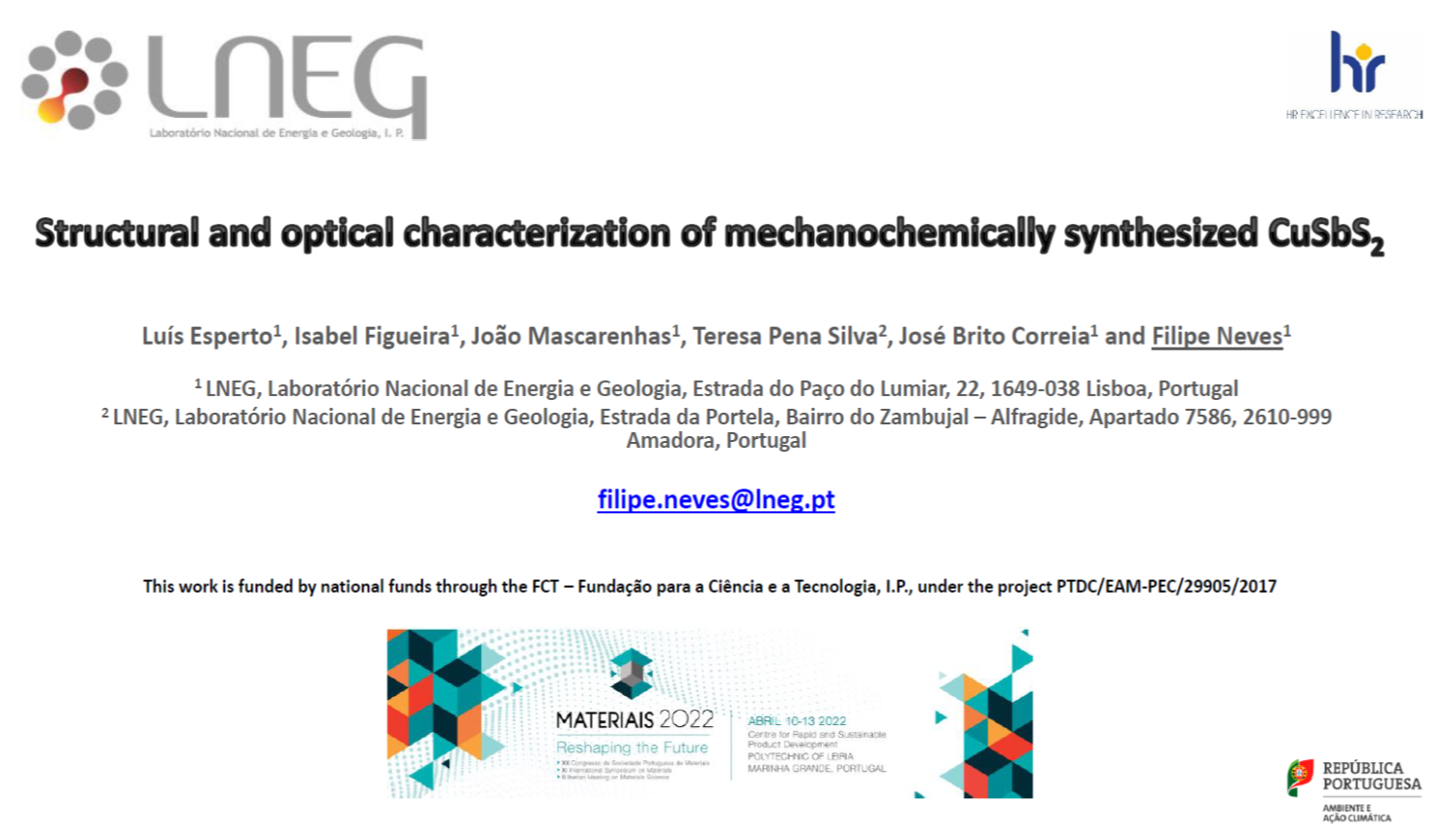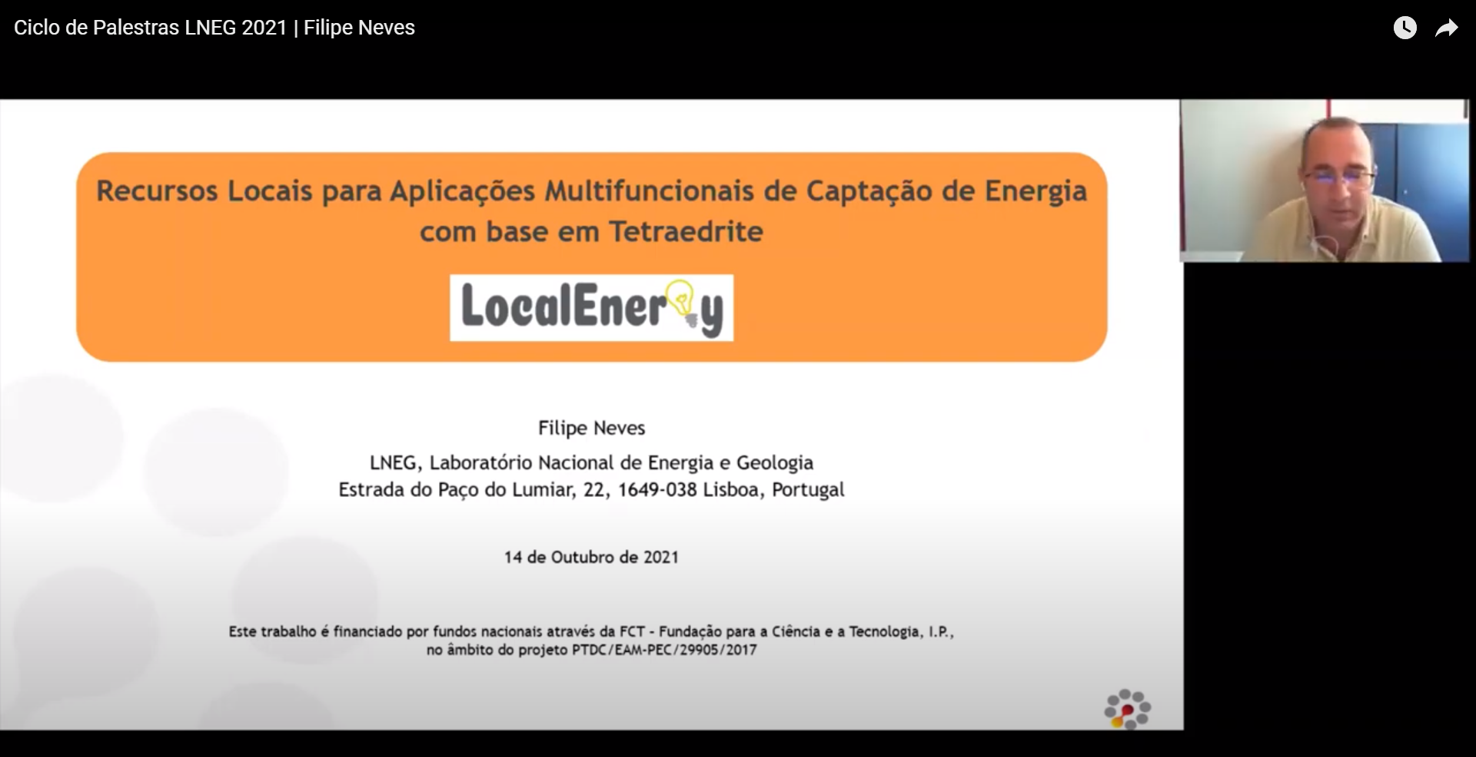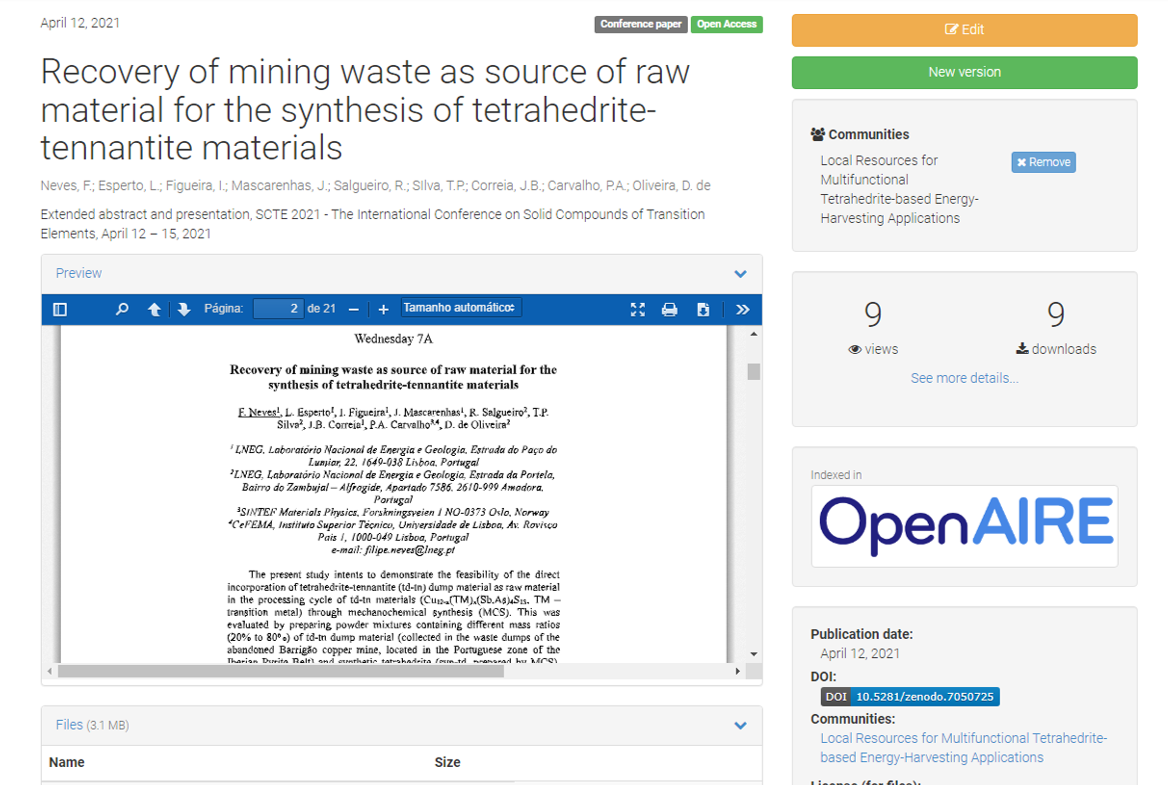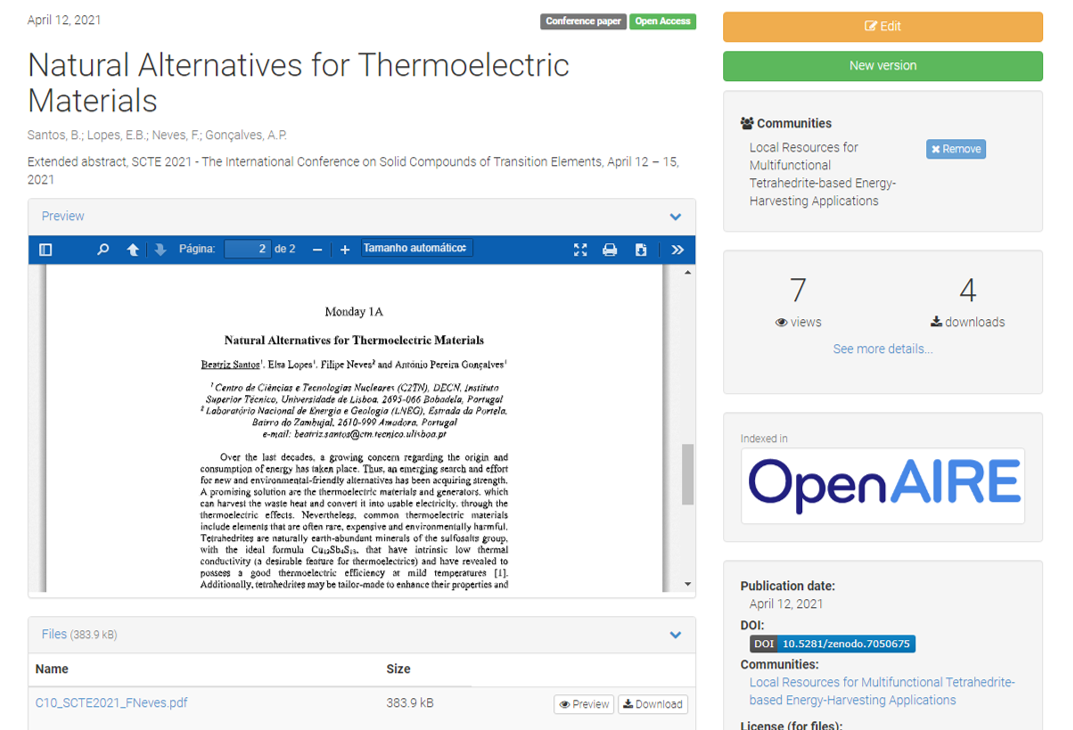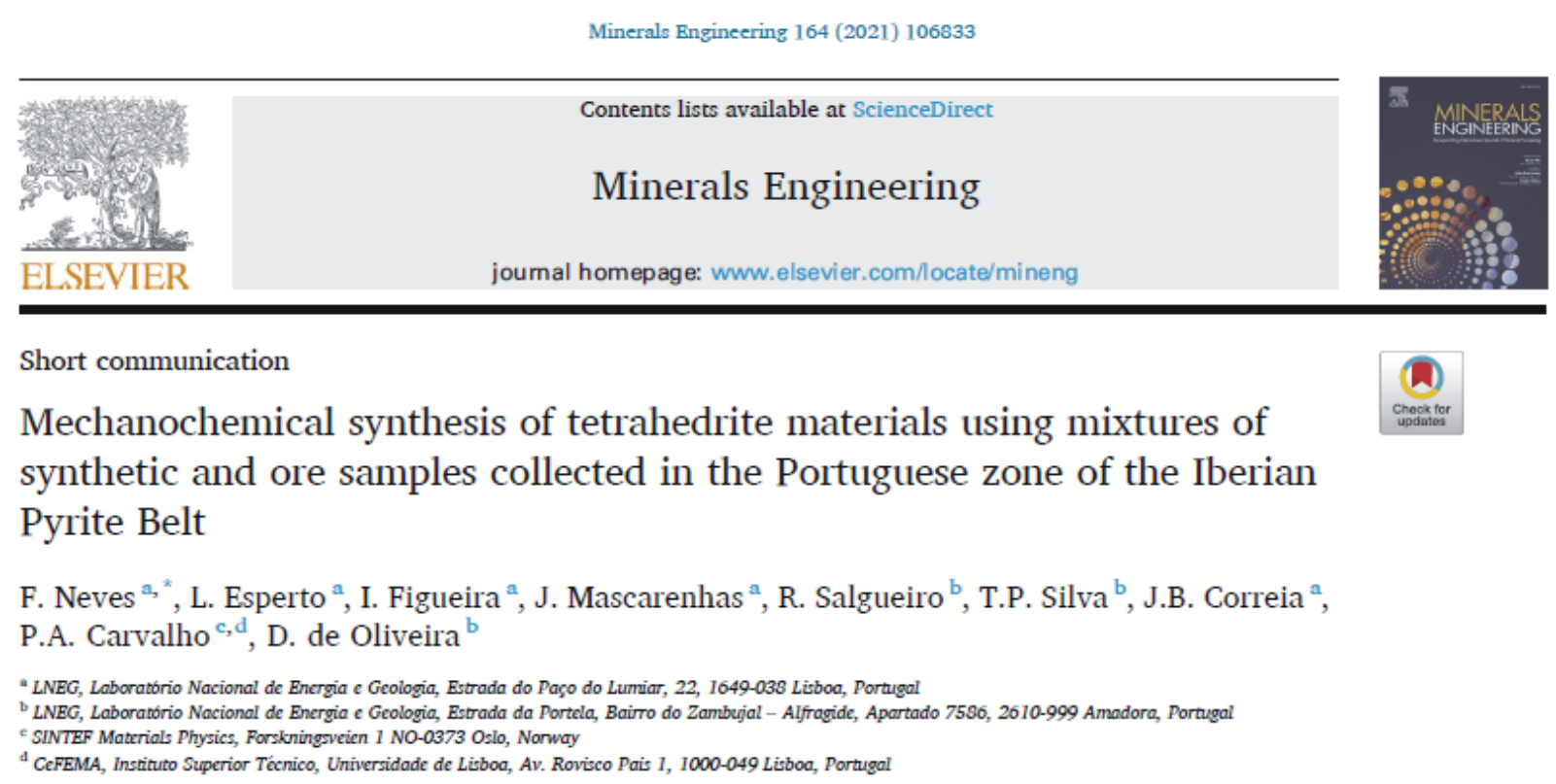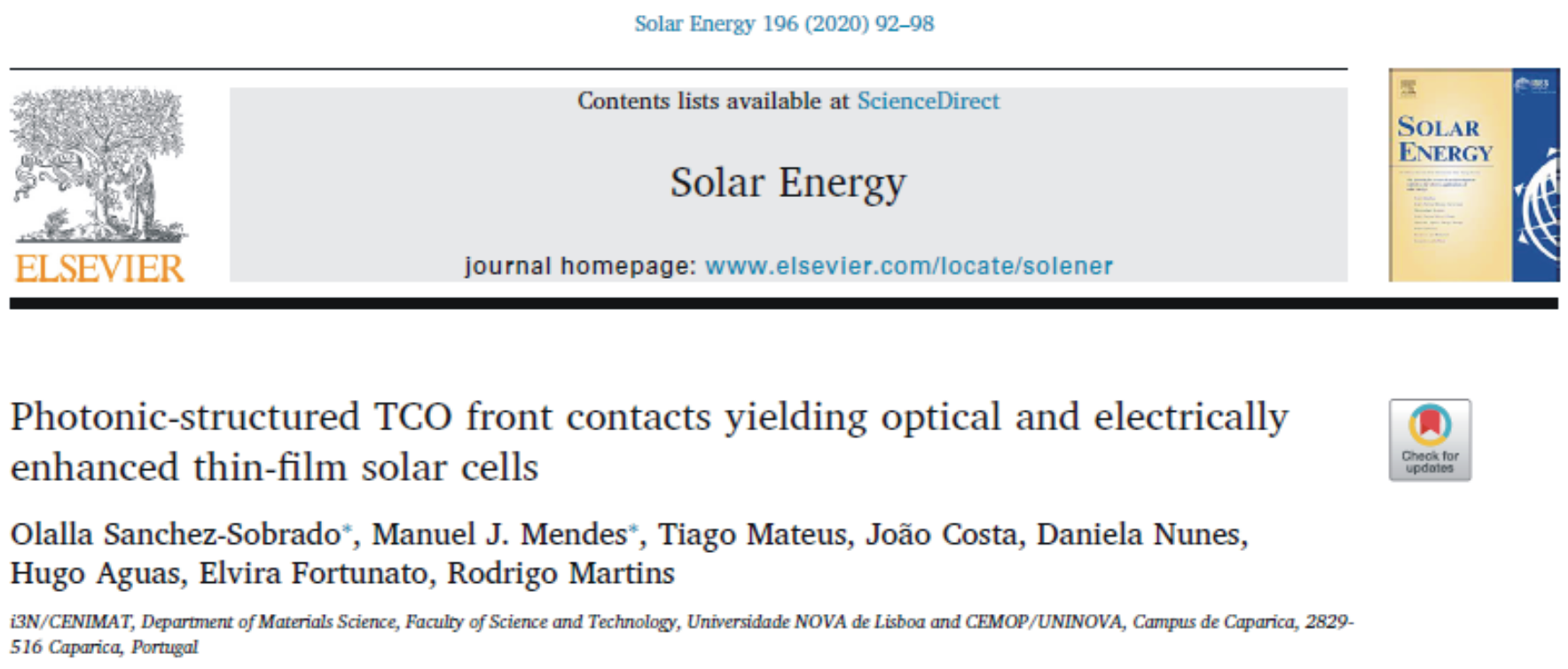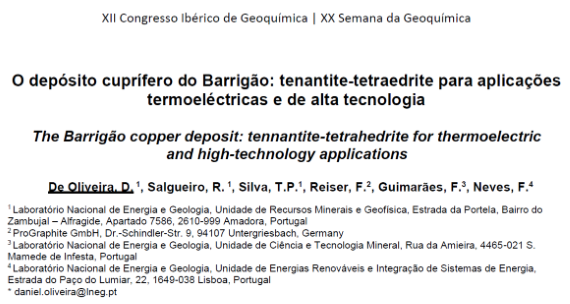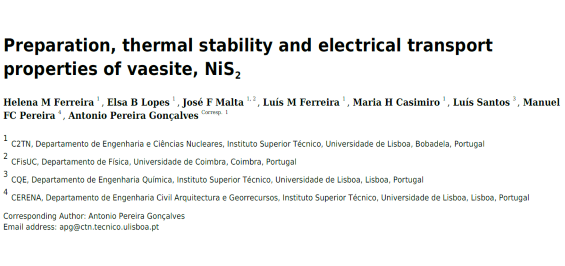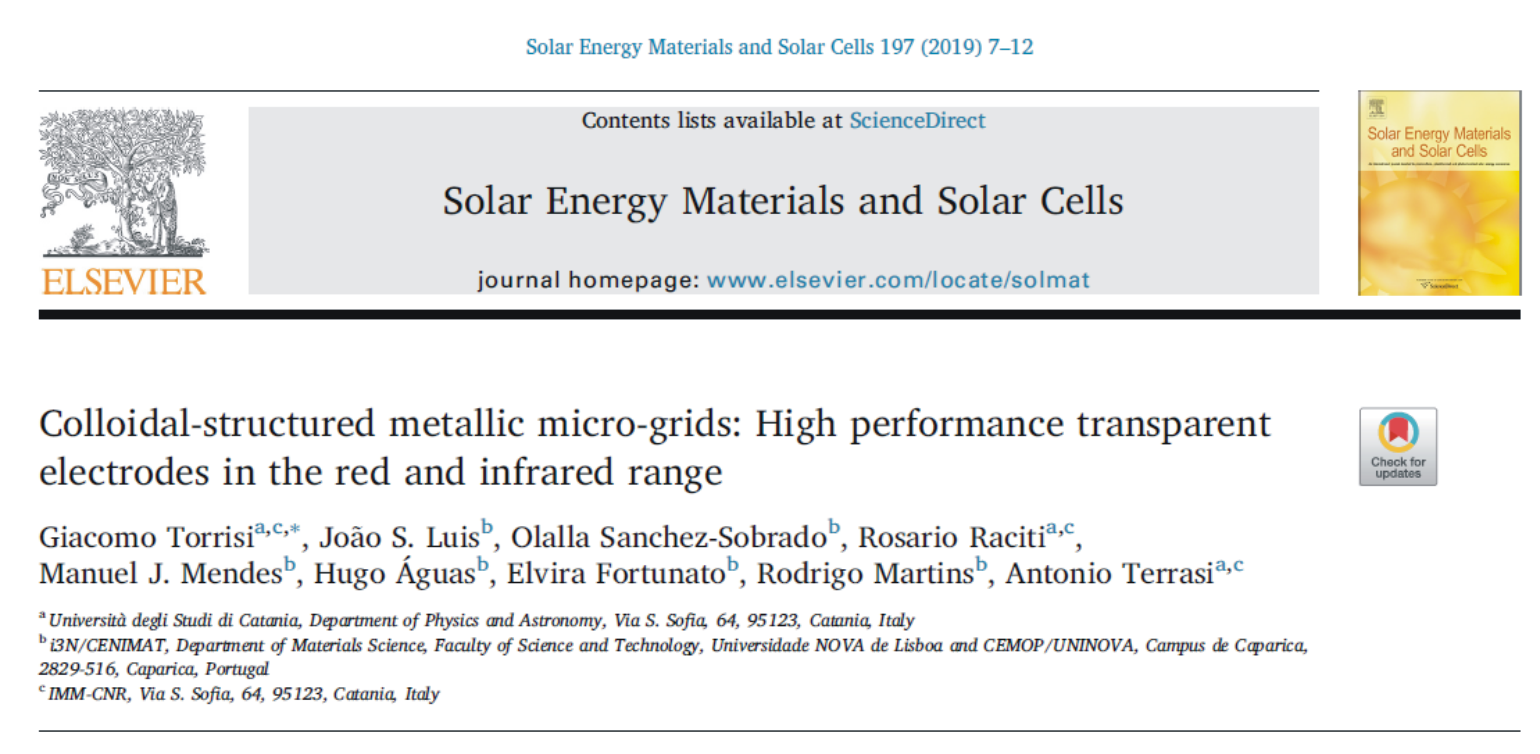Objectives
The energy transition to decarbonised energy systems implies a continuous innovation in materials and in low-carbon energy technologies. LocalEnergy is in line with this strategy by addressing the development and exploitation of environmental-friendly and scalable low-cost technologies related to energy conversion.
The main goal of LocalEnergy is the valorisation of endogenous resources (solar and mineral) through the development of energy-harvesting applications based on the tetrahedrite mineral, which offers a high exploitation potential: Portugal has a high level of solar energy irradiation (Fig. 1) and has one of the most important volcanogenic massive sulphide districts in the world, the Iberian Pyrite Belt, where tetrahedrite mineral series is one of the constituents (Fig. 2). Tetrahedrite is a class of copper antimony sulfosalt mineral (Cu12-xMxSb4S13, x less or equal to 2), i.e., consisting of earth-abundant and relatively non-toxic elements, thus opening new opportunities for renewable energy applications.
LocalEnergy is focused on the material research and development for thermoelectric (TE) and solar energy harvesting. The project plan is based on a parallel development of new TE and photovoltaic (PV) materials based on tetrahedrites:
1. Development of TE materials
It will consist in the systematic development of innovative non-hazardous TE materials by using natural and synthetic tetrahedrites, for the temperature operation range 300-500 °C. Three complementary approaches to produce TE materials are evaluated: classic multi-step process (C), glass crystallisation (GC) approach and an innovative powder metallurgical (PM) process.
2. Development of PV materials
It will consist in the systematic development of thin film solar cells (TFSC) by using synthetic tetrahedrite/chalcostibite as a new absorber material. Two complementary approaches to produce the absorber layer are evaluated: physical vapour deposition (PVD) and an innovative powder technology approach.
